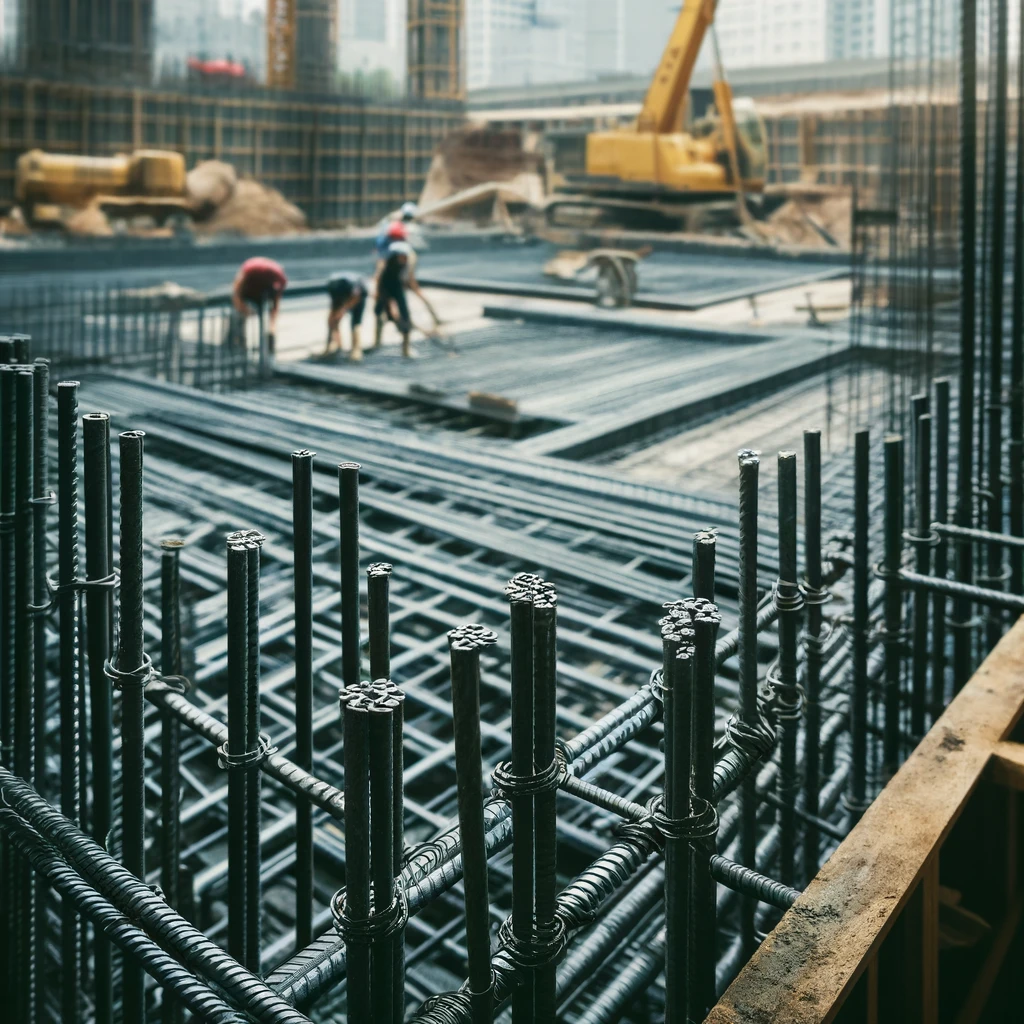Reinforcement supply and installation are critical components of any successful construction project, ensuring that structures are strong, durable, and able to withstand various stresses over time. For builders, understanding the key considerations involved in this process is essential to delivering safe and high-quality buildings. Here are the main factors to keep in mind when dealing with reinforcement supply and installation.

1. Quality of Reinforcement Materials
The strength and durability of a building largely depend on the quality of the reinforcement materials used. Steel reinforcement bars (rebar) must meet specific standards to ensure they provide the necessary support for the concrete. Builders should source their materials from reputable suppliers to guarantee the strength and longevity of the structure.
At LF Formwork, we work with trusted suppliers to provide top-quality reinforcement materials for every project. Learn more about our services here.
2. Accurate Placement of Reinforcement
Proper placement of reinforcement is key to maximizing the strength of a structure. Rebars need to be correctly positioned and spaced to handle the load they are intended to support. Misalignments or incorrect spacing can lead to weak points in the structure, potentially causing cracks or failures.
LF Formwork specializes in precision reinforcement installation, ensuring every bar is placed with accuracy for optimal structural integrity.
3. Timely Supply for Project Efficiency
Construction timelines can be significantly impacted if the reinforcement supply is delayed. Builders need to work with suppliers who can deliver materials on time, preventing project slowdowns and ensuring that deadlines are met. Choosing a supplier with a proven track record of reliable deliveries is essential for smooth project progression.
For a look at how we’ve ensured efficient project timelines, visit our Projects page.
4. Compliance with Building Codes
All reinforcement work must comply with local building codes and industry regulations. Ensuring that the reinforcement used meets these standards is essential for both the safety of the building and passing inspections. Builders should be familiar with the specific codes in their region and work closely with their suppliers and installation teams to meet these requirements.
5. Cost Considerations and Long-Term Benefits
While it might be tempting to cut costs by opting for cheaper reinforcement materials, investing in high-quality reinforcement will save money in the long run by reducing maintenance and repair costs. Stronger reinforcement leads to more durable structures, resulting in fewer repairs and a longer lifespan for the building.
Contact LF Formwork to discuss how we can assist you with cost-effective reinforcement solutions for your next project here.
Reinforcement supply and installation are vital aspects of any construction project. By focusing on quality materials, precise installation, and reliable suppliers, builders can ensure their projects meet the highest standards for strength and durability.
